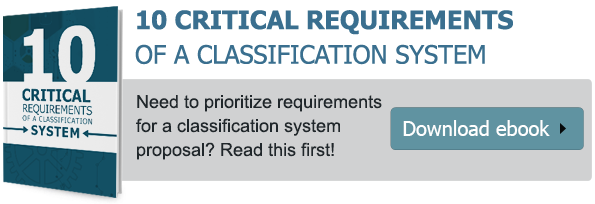Eight Pitfalls To Creating New Parts!
To develop a product, new parts have to be created. However, sometimes new parts are created which could have been avoided because an existing part could have been used. Several studies have indicated that creating new parts is expensive, with estimates ranging from $4,000 to $27,500. (SD-19 Parts Management Guide, Defense Standardization Program Office, U.S. Defense Logistics Agency, December 2013) Regardless of the cost estimate, it is easy to conclude that creating new parts should be avoided. Creating new parts effects a variety of costs along a product’s lifecycle. Dr. Gwendolyn Galsworth in her book Smart Simple Design provides some insight into the underappreciated consequences of creating unnecessary new parts.
 Listed below are eight pitfalls every engineer and designer should be aware of when creating a new part.
Listed below are eight pitfalls every engineer and designer should be aware of when creating a new part.
1. Increasing part counts
For an engineer facing a new deadline, creating a new part might seem inconsequential. If there are no mandated reasons to locate a part, engineers will not spend time to find a preexisting part, instead an engineer it is likely simply to create a new part. However, this quickly leads to redundant parts and excessive part counts.
2. Increased administration for procurement
Purchasing needs to source new parts so new vendors need to be located and sometimes qualified. New parts which have existing redundant parts, reduce the purchased lot size of parts, reducing purchasing’s leverage with vendors and increasing the unit cost of parts.
3. New quality control, new tooling and additional changeover times
New parts burden the shop floor, requiring new quality standards and checks, new fixtures and dies, and increased tooling changeovers. Using existing components avoids these issues and does not use additional shop floor space.
4. Bloated inventory
Inventory is often limited in storage space and new parts increase the number of parts on the shelving. Over time, excessive parts litter the shelves with dead stock or parts retained for service. Using existing components maintains a streamlined inventory and reduces the number of obsolete components left on shelves.
5. Increased material handling
Parts are regularly being moved, so new parts increase the burden, whether those parts are being shipped overnight or collected and moved through the company. The distance traveled by new parts directly affects the cost. Using existing parts reduces the overall travel required to create a product.
6. Expanding IT Requirements
Parts entering the system must be logged and maintained, requiring extensive administration including entering meta-data, backing up, purging, and lifecycle processing. Managing data systems can become overwhelming and the challenges to maintain them increase disproportionately as the database size increases.
7. Exponential increase in control points
Every new part creates documentation and information in multiple departments, including engineering, manufacturing, purchasing, marketing, field services, quality control, and shipping. Each department likely has various types of documentation (drawings, material information, purchase orders, test data, vendor information, etc…), is likely to process using different software, and stores the information in different places.
8. Misappropriated resources
Perhaps the most unfortunate consequence is that new parts divert resources from improving and growing the company.



